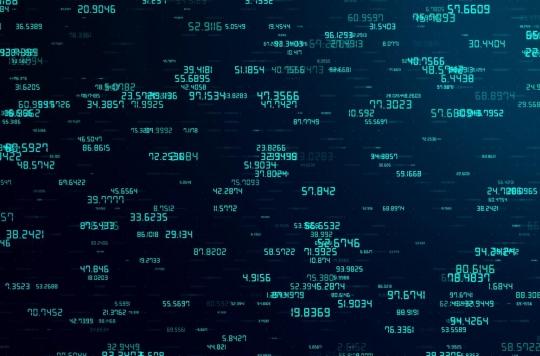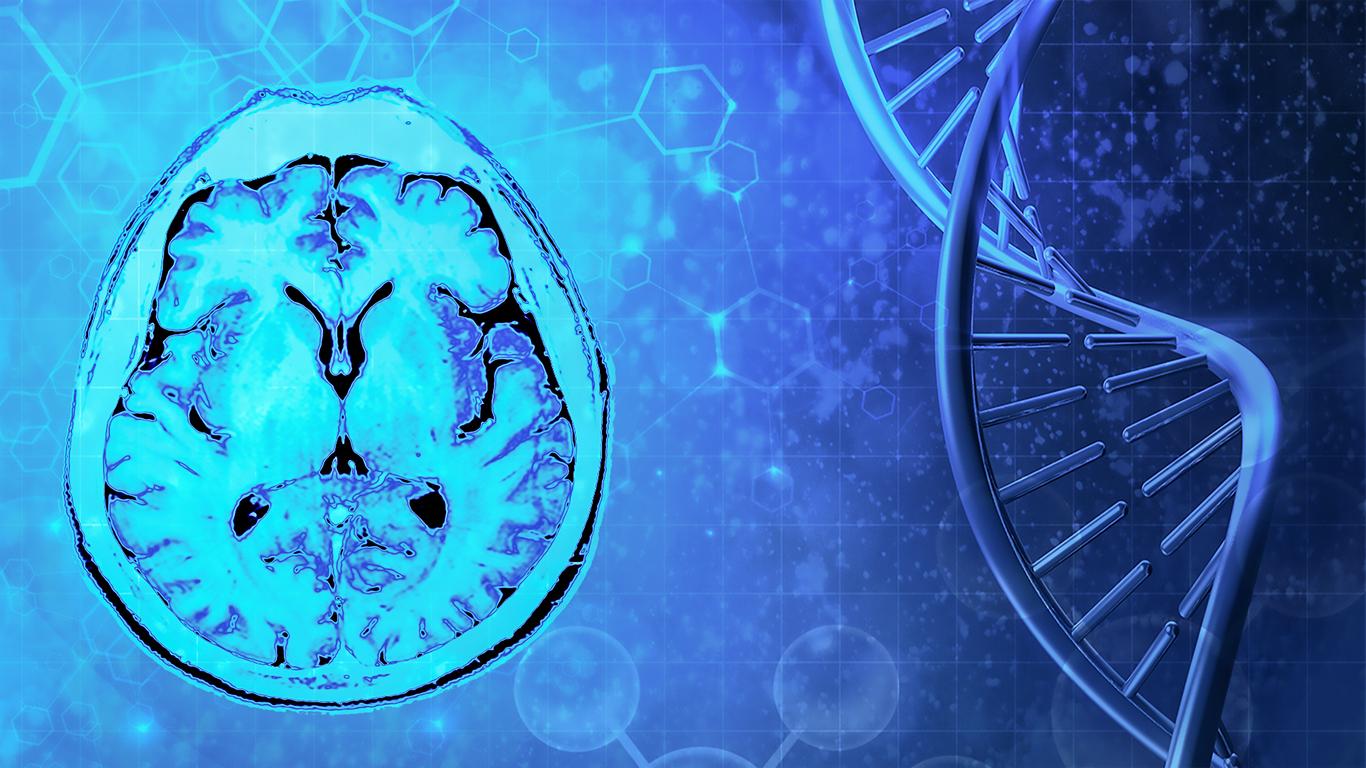Researchers report the case of a man suffering from an extremely rare neurodegenerative disease. Among the multiple symptoms from which he suffers, the patient is unable to distinguish the numbers from 2 to 9. However, analyzes of the activity of his brain show that the latter correctly receives visual information and recognizes it.

- Corticobasal degeneration is an extremely rare disease, from the family of atypical parkinsonian syndromes.
- Among his symptoms, the patient whose case is reported here is unable to distinguish the numbers from 2 to 9.
- “He was completely unaware that a word was there (behind the number, Ed), but his brain was actually detecting its presence. Even better, he was able to define what word it was, ”says a researcher who examined him.
The complexity of the human brain will always amaze us. In the review PNAS dated June 22, researchers report the story of a man suffering from a rare degenerative brain disease, corticobasal syndrome, which notably prevents him from distinguishing the numbers from 2 to 9. If the man has no unaware of the figures he is looking at, experiments analyzing the reactions of his brain show that he recognizes perfectly what he is shown.
It all started in 2011 when the patient began to suffer from headaches, temporary memory loss and muscle spasms. The doctors then diagnosed him with corticobasal degeneration (CBD). Over the months, the symptoms worsen and the patient begins to have more and more difficulty distinguishing the numbers from 2 to 9. Instead, he perceives wavy black lines. If the numbers are printed in one color, that color becomes the background for the black squiggles. When he looks away and then stares at the numbers again, the lines change shape.
Very intrigued by his case, researchers at Johns Hopkins University (Baltimore, Maryland, USA) decided to conduct experiments on this subject, dubbed RFS in the article. As they show him a face with a number on it, the picture blurs and RSF has no idea what the picture is. Electroencephalography (EEG), however, indicates that his brain responds in the same way as if he were seeing the face. Indeed, certain parts of the human brain light up when it sees a face. Thus, if RFS has no awareness of looking at a face, his brain knows it.
An extra level of neural processing
“When he looks at a number, his brain has to ‘see’ that it’s a number before not seeing it — it’s a real paradox (…) in this research, we have tried to study the processing that is done outside of one’s consciousness”explains Michael McCloskey, lead author of the study and cognitive scientists.
The researchers then show him words with numbers embedded in them. Here again, RSF perceives a scrambled image. Again, the EGG shows that his brain is receiving the image as it is. “He was completely unaware that a word was there, but his brain was indeed detecting its presence. Even better, he was able to define what word it was about”says Michael McCloskey.
In conclusion, this study clearly shows a separation between the perception of the brain and human consciousness. The brain would therefore be able to identify faces, words and numbers, but to bring this information to consciousness, an additional level of neural processing would be required. However, the corticobasal degeneration of RSF would have altered it.
A rare disease
CBD is a very rare disease, from the family of atypical parkinsonian syndromes. At first, the patient begins to feel pain in the hand, which becomes more and more rigid, and disturbances in balance, manifested by falls. He finds it increasingly difficult to perform simple gestures (motor apraxia) and to move his face (bucco-facial apraxia), which leads to speech disorders.
Then, as CBD progresses, cognitive impairment sets in, with the disease leading to extensive atrophy of the cortex and basal ganglia. The patient has more and more difficulty planning a movement and an action, his verbal flow decreases and he becomes uninhibited. Some also suffer from “alien hand” syndrome, feeling that their hand does not belong to them.
The lesions observed in DCB in the brain are characterized by the accumulation of abnormal tau protein. This is by the way associated with several other neurodegenerative diseasesincluding Alzheimer’s.

.

















